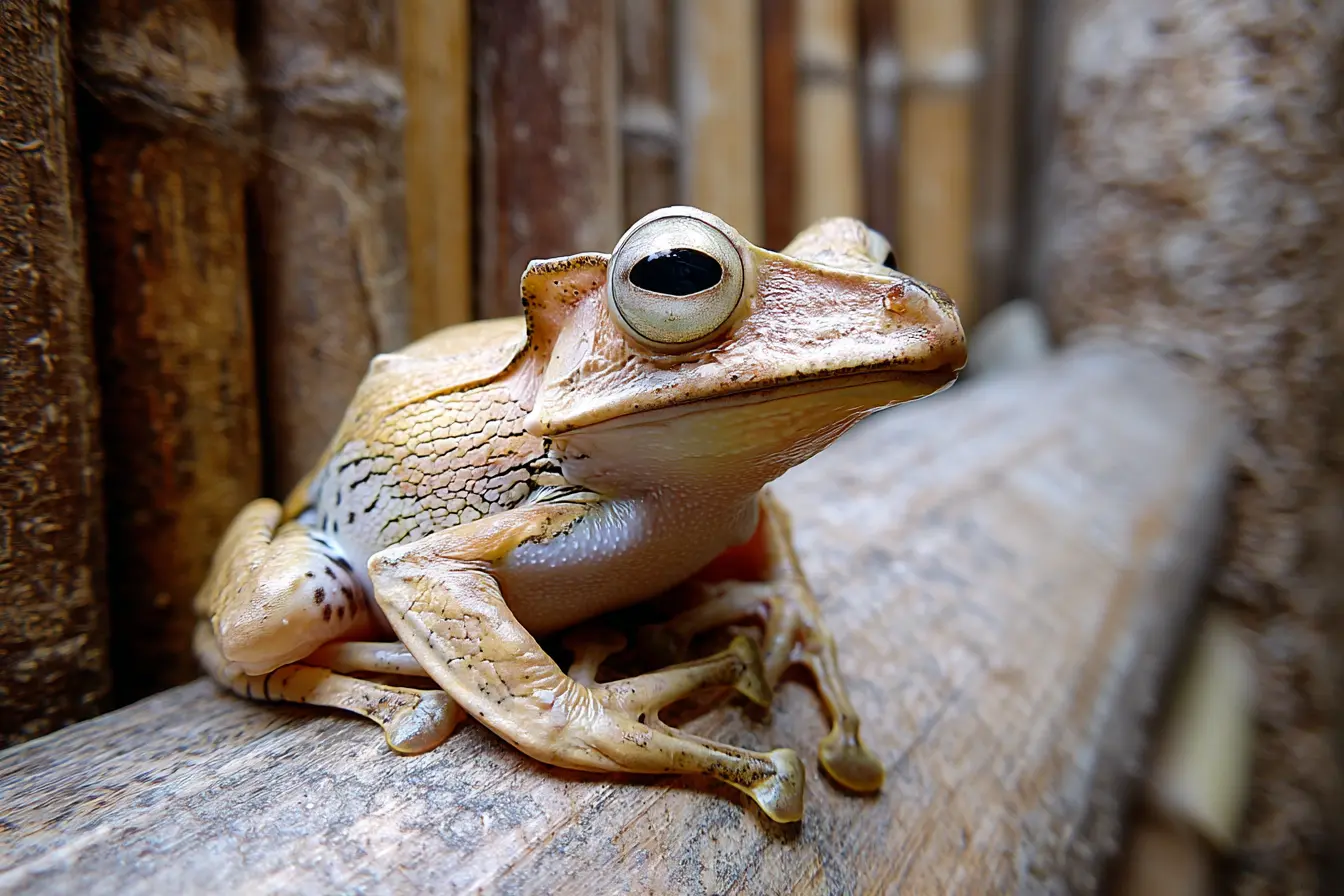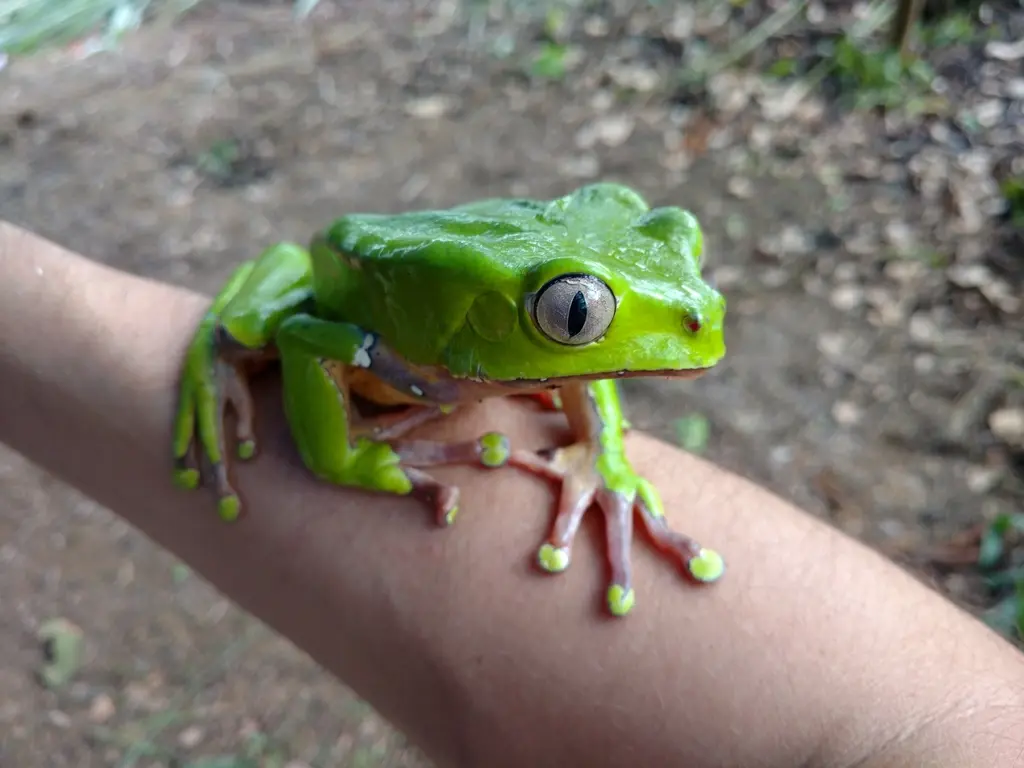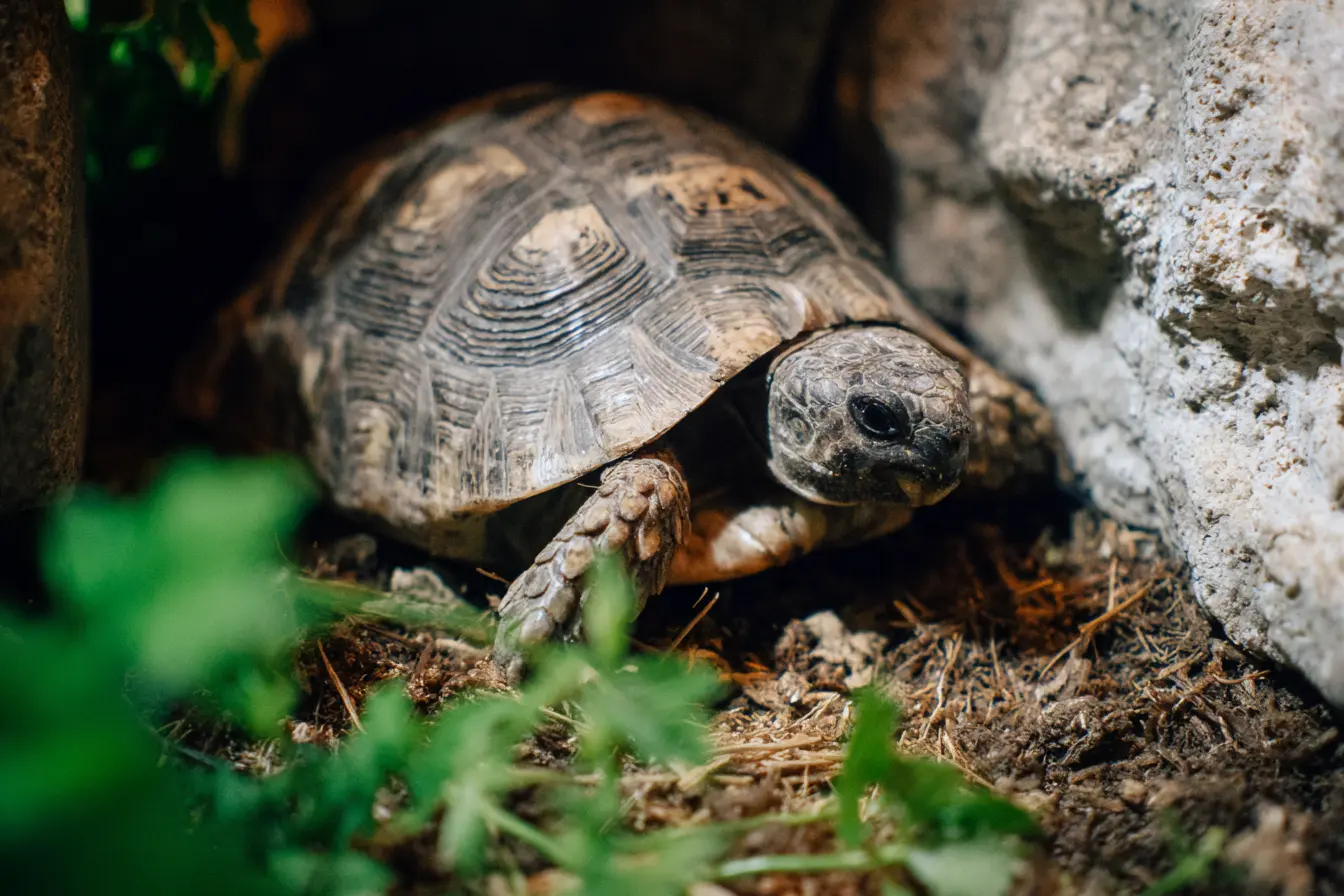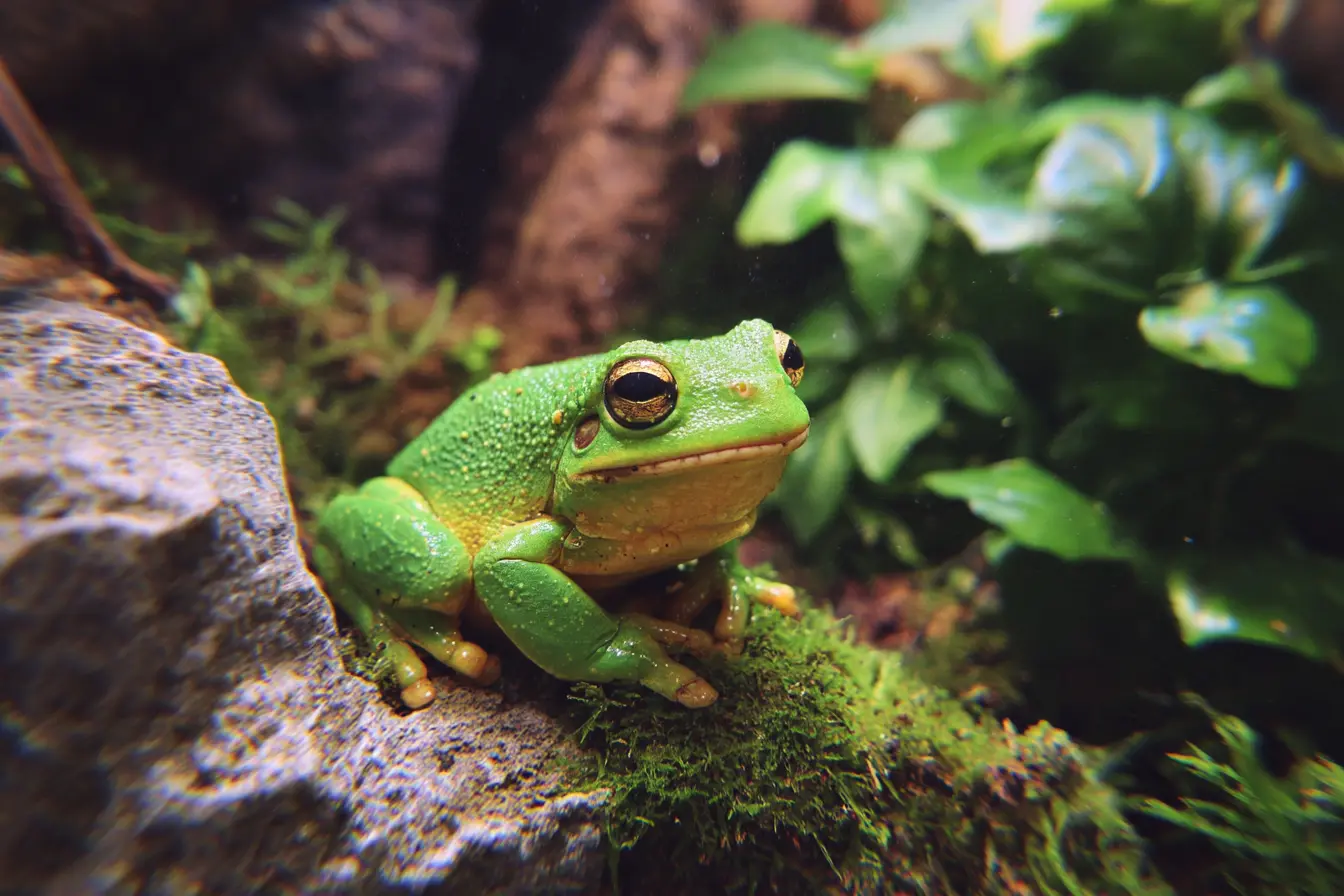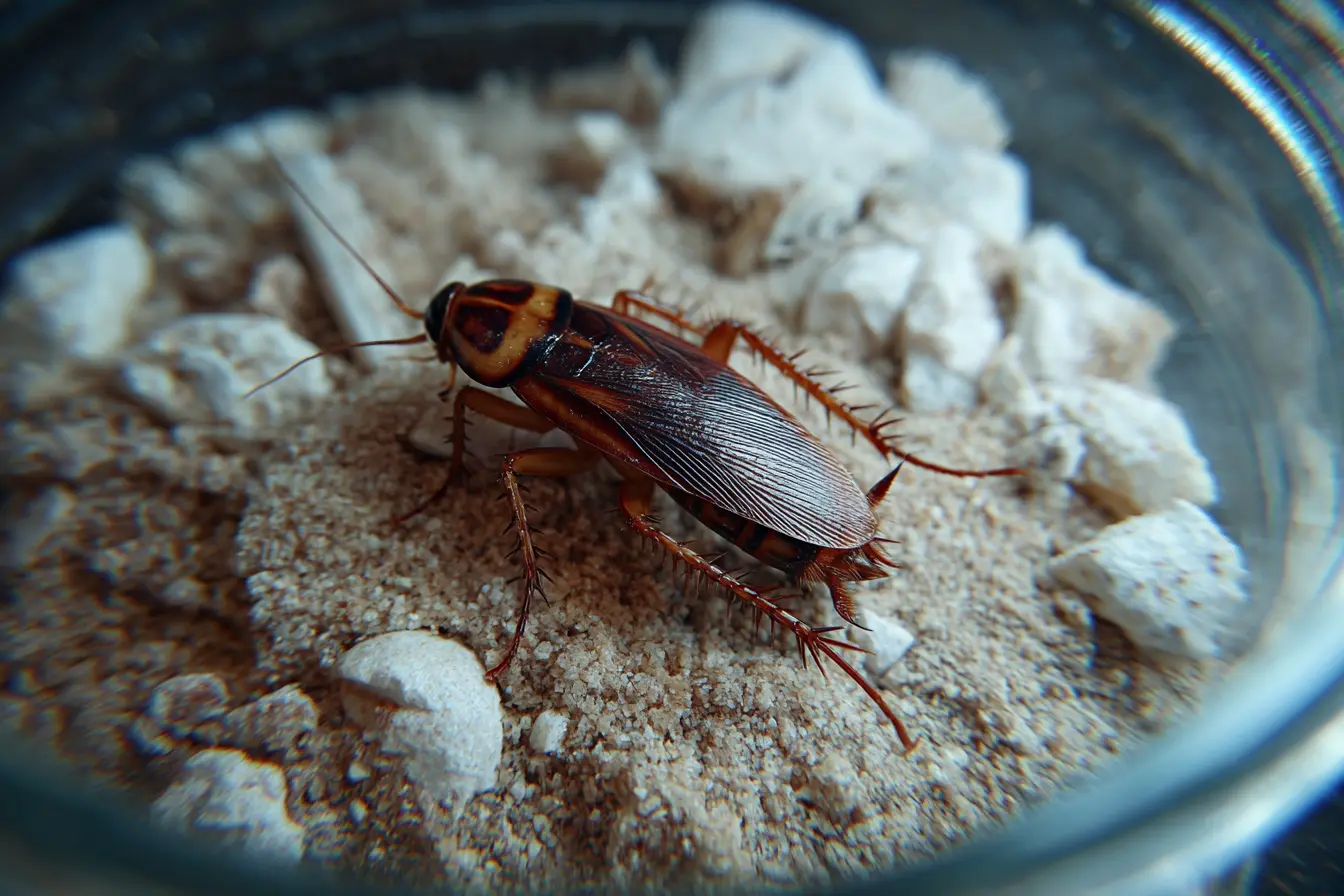
The Complete Guide to Keeping Turkestan Roaches as Pets or Feeders
The Turkestan roach (Shelfordella lateralis), sometimes referred to as the red runner roach, is a fast, hardy species popular both as a low-maintenance pet and as a high-quality feeder insect for reptiles and amphibians. Native to Central Asia, Turkestan roaches have adapted well to captive environments and are easy to breed in quantity.
This guide covers everything you need to know about housing, feeding, breeding, and caring for Turkestan roaches, whether you are keeping them as pets or maintaining a colony for feeders.
Why Keep Turkestan Roaches?
Turkestan roaches offer many advantages:
- They are clean and odourless when properly maintained.
- They breed quickly and reliably in captivity.
- They are excellent feeders: soft-bodied, highly nutritious, and active, which encourages natural hunting behaviours.
- They are non-climbing (adults) on smooth plastic and glass surfaces.
- They do not require complicated environmental conditions.
- They are interesting to observe in their own right for invertebrate enthusiasts.
Physical Characteristics
Turkestan roaches are small to medium-sized, active roaches.
- Size: Adult females reach around 2.5 to 3 cm; males are slightly smaller but have longer wings.
- Colouration:
- Females are reddish-brown, wingless, and slightly broader.
- Males are lighter, usually tan to orangish, and possess fully developed wings.
- Activity: They are highly active, especially during the night (nocturnal).
- Movement: Known for their quick scuttling, but adults are poor climbers on smooth surfaces.
Choosing and Acquiring Turkestan Roaches
Turkestan roaches are widely available in the UK from reptile supply shops, exotic pet breeders, and online retailers.
When purchasing:
- Choose lively, active individuals without visible damage or lethargy.
- A starter colony of 100 to 200 mixed nymphs and adults is ideal if you plan to breed them.
Ensure you source roaches ethically and legally; Shelfordella lateralis is permitted to keep and breed in the UK without special licensing.
Housing and Enclosure Setup
Turkestan roaches are extremely easy to house with minimal setup.
Enclosure Type
- A large plastic storage tub with a secure, ventilated lid is ideal.
- Smooth-sided containers prevent escape.
- Use fine mesh-covered holes or vents to ensure good airflow.
Enclosure Size
- For a small colony (up to 200 roaches), a 50-litre tub is sufficient.
- Larger colonies will require larger tubs or multiple containers.
Substrate
- Substrate is optional.
- If desired, use a thin layer of dry coconut fibre or paper towels to absorb waste.
- Bare-bottom tubs are easier to clean and are common for breeding setups.
Hides and Climbing Structures
- Provide egg cartons, cardboard tubes, or pieces of bark stacked vertically or horizontally.
- Hides increase surface area and allow roaches to feel secure.
Temperature and Humidity
- Ideal temperature range: 28°C to 32°C for optimum breeding.
- Roaches will survive at room temperatures (20°C to 24°C) but breed much more slowly.
- Humidity should remain moderate (40%–60%).
- Avoid excessively damp conditions, as they can encourage mould and bacterial outbreaks.
Heating can be provided by:
- A heat mat attached to the side or underneath part of the container.
- A low-wattage heat cable or ceramic heat emitter if needed.
Always monitor with an accurate thermometer.
Lighting
- No special lighting is required.
- Natural room lighting is sufficient.
- Roaches are nocturnal and prefer darker environments.
Feeding and Nutrition
Turkestan roaches are omnivorous scavengers and will eat a wide variety of foods.
Staple Diet
- Commercial insect chow (roach food, gutload formulas).
- High-quality dry cat or dog biscuits (grain-free is preferred).
- Whole grain cereals.
Fresh Foods
- Leafy greens (romaine lettuce, kale, dandelion leaves).
- Carrot slices, apple slices, cucumber, sweet potato.
- Occasional protein supplements like fish flakes or boiled egg.
Water and Hydration
- Provide moisture via water crystals (polymer crystals soaked in water).
- Alternatively, use vegetable moisture sources (carrot, cucumber) but change them daily to avoid mould.
- Avoid open water dishes, as roaches may drown.
Feeding Tips
- Remove uneaten fresh food daily to prevent mould and bacterial growth.
- Dry foods can be left longer between cleanings.
Breeding Turkestan Roaches
Breeding Turkestan roaches is straightforward with the right conditions.
Reproductive Cycle
- Females produce oothecae (egg cases) every few weeks.
- Oothecae are usually deposited in hiding spots rather than carried.
- Incubation takes 4 to 8 weeks depending on temperature.
Colony Growth
- Nymphs hatch and begin feeding immediately.
- Maturity takes around 2 to 5 months depending on feeding and temperature.
Tips for Successful Breeding
- Maintain temperatures between 28°C and 32°C consistently.
- Offer a protein-rich diet alongside fresh vegetables.
- Avoid disturbing the colony too frequently to reduce stress.
Cleaning and Maintenance
Turkestan roaches are clean compared to other feeders but still require regular maintenance.
- Spot-clean weekly by removing leftover food and waste.
- Deep-clean the entire enclosure every 1–2 months.
- Replace hides if they become heavily soiled or mouldy.
- Keep ventilation clear and ensure no damp build-up occurs.
Common Health Issues
Mould and Dampness
- Caused by poor ventilation or wet food left too long.
- Remedy by improving airflow and cleaning regularly.
Dehydration
- If no water source is available, roaches may become sluggish.
- Ensure consistent moisture availability via water crystals or moist vegetables.
Cannibalism
- Can occur in overcrowded, poorly fed colonies.
- Provide adequate space, hides, and protein-rich diets to prevent this.
Ethical Considerations
- If keeping roaches purely as feeders, ensure they are still cared for humanely.
- Always provide clean conditions, food, and water even if they are destined as food for reptiles.
- Never release Turkestan roaches into the wild in the UK, as they are non-native and could impact local ecosystems.
Legal Considerations in the UK
- Turkestan roaches (Shelfordella lateralis) are legal to keep, breed, and sell in the UK.
- No special permits are required under current legislation.
- As with all exotic species, responsible ownership is strongly encouraged to prevent accidental releases.
Final Thoughts
Turkestan roaches are an excellent choice whether you want an interesting, easy-to-keep pet insect colony or a sustainable source of high-quality feeders for your reptiles. With simple setup requirements, rapid breeding, and hardy nature, these lively insects offer a fascinating glimpse into invertebrate care with minimal effort.
By maintaining a clean environment, providing nutritious food, and managing population growth, you can enjoy a thriving colony for years to come.
Contents
Tags
Vets near you
Speciality vets
- Aquatics vet specialists
- Birds vet specialists
- Camelids vet specialists
- Cats vet specialists
- Cattle vet specialists
- Deer vet specialists
- Dogs vet specialists
- Equines vet specialists
- Exotic vet specialists
- Goats vet specialists
- Pigs vet specialists
- Poultry vet specialists
- Sheep vet specialists
- Small Mammals vet specialists
- Wild vet specialists
